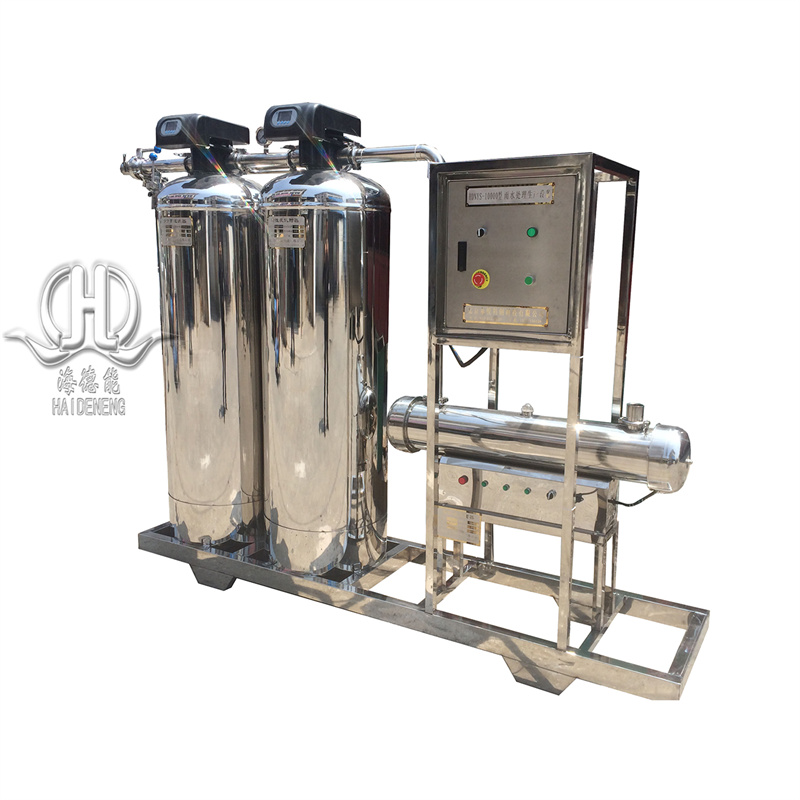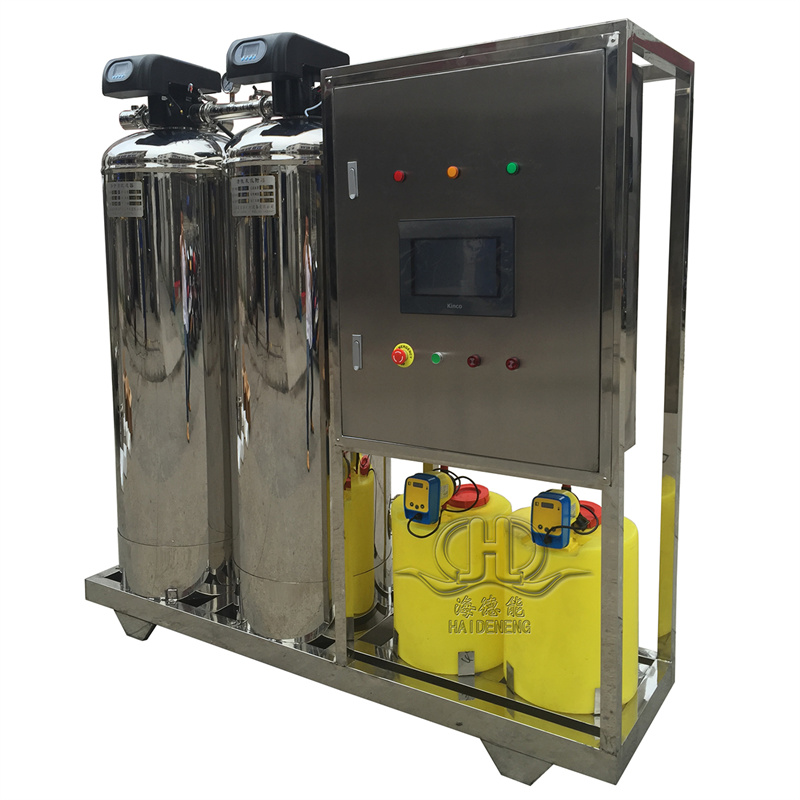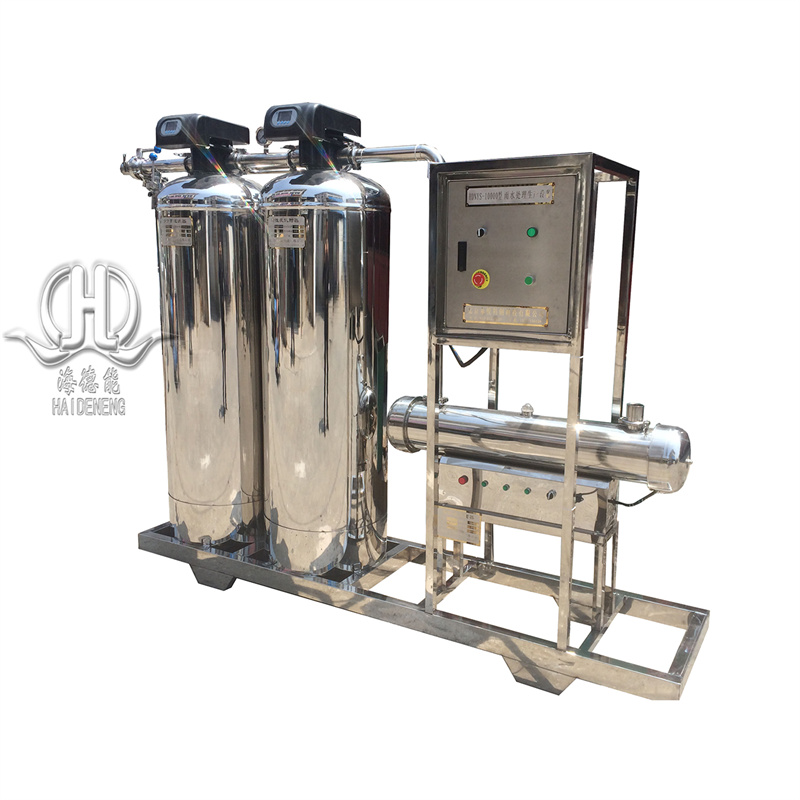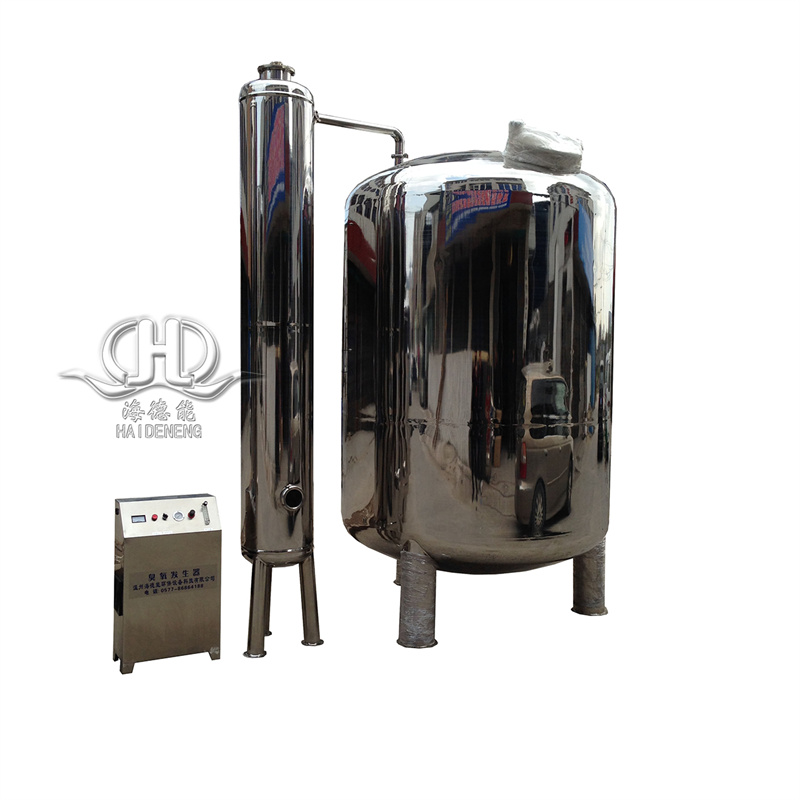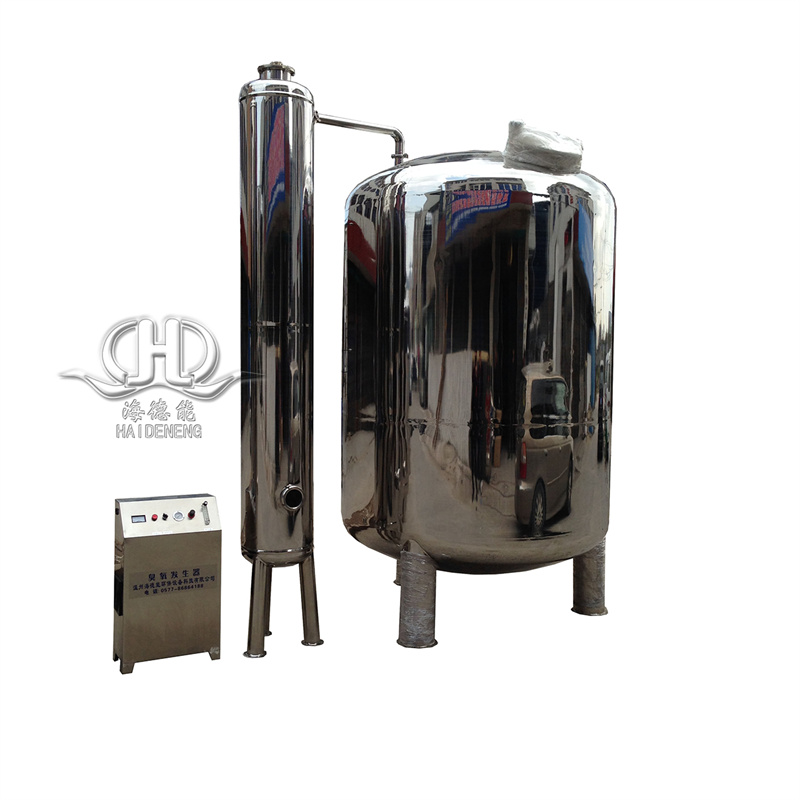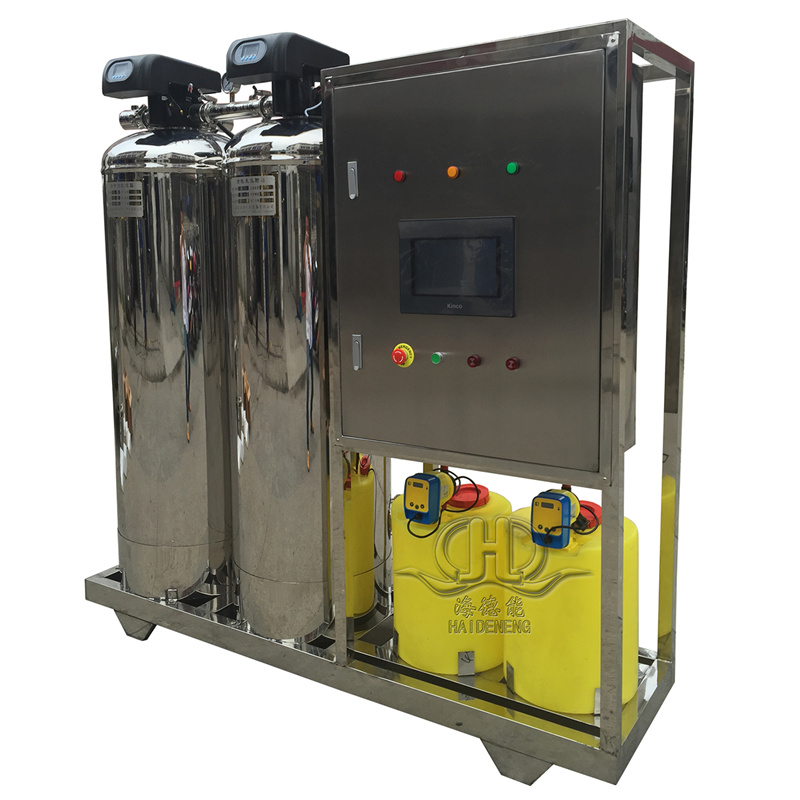Rain Water Harvesting System Solar Water Purification
Product description
Rainwater collection is influenced by the seasons, so it is advisable to use physical, chemical, and other treatment methods to adapt to the discontinuous operation of the seasons. Rain and pollution separation involves directing the rainwater into a storage tank, then conducting centralized physical and chemical treatment. Many existing water supply and wastewater treatment technologies can be used for rainwater treatment. Typically, rainwater with relatively good quality is selected for collection and recycling. The treatment process should be simple, using a combination of filtration and sedimentation.
When there is a higher demand for water quality, corresponding advanced treatment measures should be added. This condition mainly applies to places where users have higher water quality requirements, such as in the replenishment of cooling water for air conditioning systems and other industrial water uses. The water treatment process should be based on the water quality requirements, incorporating advanced treatments such as coagulation, sedimentation, and filtration followed by activated carbon or membrane filtration units.
During rainwater collection, especially when surface runoff contains more sediment, separating the sediment can reduce the need for flushing the storage tank. Sediment separation can be achieved using off-the-shelf equipment or by constructing settling tanks similar to primary settling tanks.
When the effluent from this process does not meet the water quality requirements of the landscape water body, it may be possible to consider using the natural purification ability of the landscape water body and water quality maintenance and purification facilities to purify the mixed rainwater in the water body. When the landscape water body has specific water quality requirements, purification facilities are generally required. If surface runoff is used to enter the water body, the rainwater can be directed through grass or gravel ditches on the riverbank to allow for preliminary purification before entering the water body, thus eliminating the need for initial rainwater discharge facilities. Landscape water bodies are cost-effective rainwater storage facilities. When conditions allow for rainwater storage capacity in the water body, rainwater should be stored in the landscape water body instead of constructing separate rainwater storage tanks.
Sedimentation treatment can be achieved using sedimentation pits and reservoirs for natural sedimentation during rainwater storage. When using rapid filtration, the pore size of the filter should be in the range of 100 to 500 micrometers. The water quality for this type of use is higher than that for green space irrigation, so coagulation filtration or flotation is required. Sand filtration is recommended for coagulation filtration, with a particle size of d and a filter bed thickness of H=800mm to 1000mm. Polymeric aluminum chloride is chosen as the coagulant, with a dosing concentration of 10mg/L. Filtration is performed at a rate of 350m3/h. Alternatively, fiber ball filter cartridges can be selected, with a combined water and air backwash method.
When there are higher water quality requirements, corresponding advanced treatment measures should be added, which mainly apply to places with higher water quality requirements, such as for air conditioning cooling water, domestic water, and other industrial water. The water quality should meet the relevant national standards. The water treatment process should include advanced treatment based on the water quality requirements, such as coagulation, sedimentation, filtration, and post-treatment with activated carbon filtration or membrane filtration.
The sediment produced during the rainwater treatment process is mostly inorganic, and simple treatment is sufficient. When the composition of the sediment is complex, treatment should be carried out according to relevant standards.
Rainwater stays in the reservoir for a relatively long time, usually around 1 to 3 days, and has a good sediment removal effect. The design of the reservoir should fully utilize its sedimentation function. The rainwater pump should draw clear liquid from the water tank as much as possible.
Rapid filtration devices composed of quartz sand, anthracite, heavy mineral, and other filter materials are relatively mature treatment equipment and technologies in building water supply treatment and can be used for reference in rainwater treatment. When adopting new filter materials and filtration processes, the design parameters should be determined based on experimental data. After rainfall, when using the water as recycled cooling water, advanced treatment should be conducted. Advanced treatment equipment can use processes such as membrane filtration and reverse osmosis.
Based on experience, it is recommended to use rainwater reuse water filtration methods, and the chlorine dosage for rainwater reuse water can refer to the chlorine dosage of the water supply company. According to operating experience from abroad, the chlorine dosage is about 2 mg/L to 4 mg/L, and the effluent can meet the water quality requirements for urban miscellaneous water. When irrigating green areas and roads at night, filtration may not be necessary.


